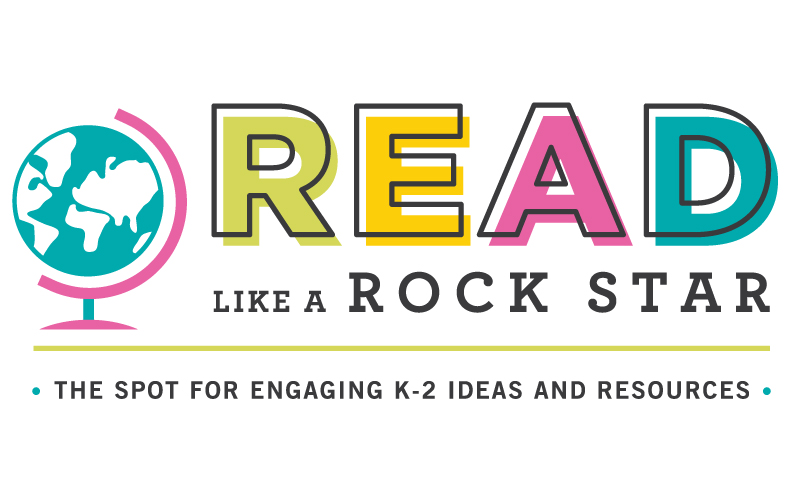Most classrooms I've taught in have at least one or two early finishers that grasp the lesson quickly, speed through the independent work, and then do one of two things; ask you for something else to do or start to cause trouble.
No matter what I was teaching, when a student finished early, I always gave them the same option of what to do while they waited for their classmates to finish: "Go read any book you'd like! Aaaand you can go read in the reading center on the pillows! Yay!" I cringe when I think about that now. Even if it was a math lesson, I still only offered for them to go read a book.
Extension menus changed the way I teach and the way those students were learning. Just because they got things quickly, didn't mean that I should have easily dismissed them to go do something else. I know now that they should continue working on the same concept or skill that was introduced, just on a deeper level. They deserve to be challenged and allowed to be creative with the content they so easily mastered.
Coming up with extension menus prior to my lessons were a game changer! They're now just a part of my planning.
I began to come up with between 3 and 9 different options for my early finishers to choose from. They were free to choose any one they'd like. If two or three students finished early, and one of the menu options seemed like it could be a great group project, I definitely allowed that if they suggested it.
Here's a sample extension menu I made for students that finished early work during a story elements lessons with a fiction story.
The two 1st grade students that quickly and easily grasped the concepts of identifying the characters, setting, problem, solution, and events in the story, were given these choices to choose from. They were so excited to be working on something that challenged them in a fun way. They were still doing work that involved elements of the story we just read, but they were able to work on a deeper level to show a higher level of comprehension.
Some menus I create are more specific depending on the lesson, some are more general (like the one above) and can be used more than once, which is a great time saver.
Here is a list of questions I like to keep in mind when making my extension menus to challenge my early finishers in literacy and math.
Thinking about your lessons, and planing these menus in advance could be really helpful in your classroom.
Making sure my students knew where to find the extension menus and to continue working when they finished early is something that I felt helped with classroom management. My kids were excited to choose their own activities to work on! They weren't goofing off and getting themselves or others in trouble. These menus even motivated some sluggish workers to pick up the pace because they wanted the chance to move on to the extension menus.
Making sure my students knew where to find the extension menus and to continue working when they finished early is something that I felt helped with classroom management. My kids were excited to choose their own activities to work on! They weren't goofing off and getting themselves or others in trouble. These menus even motivated some sluggish workers to pick up the pace because they wanted the chance to move on to the extension menus.
These menus maximized the learning potential for my students, and helped me to be a better teacher.
Have you used extension menus in your classroom? I always love learning from other teachers about how these work in their classrooms!
Have fun teaching! - Naomi





